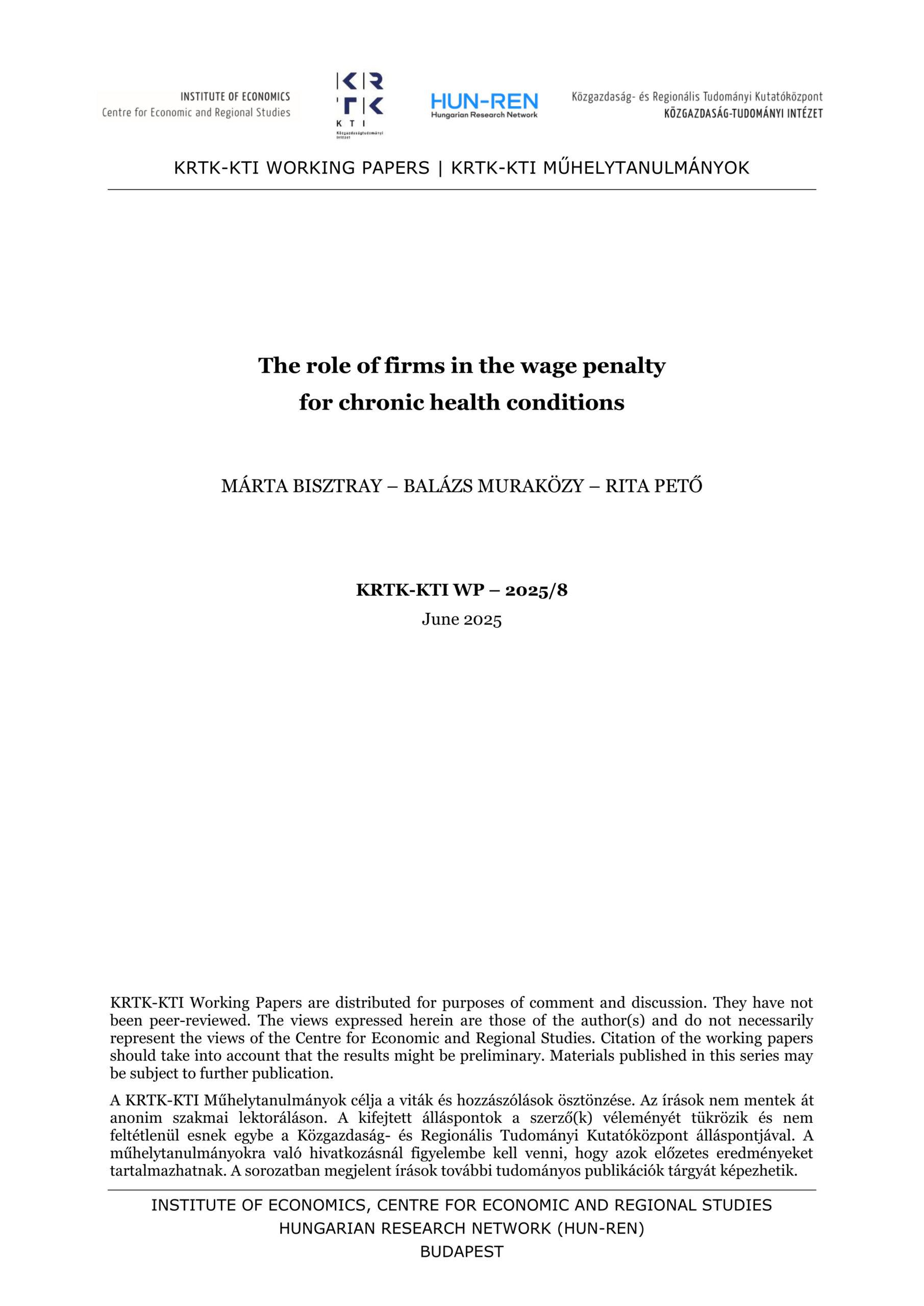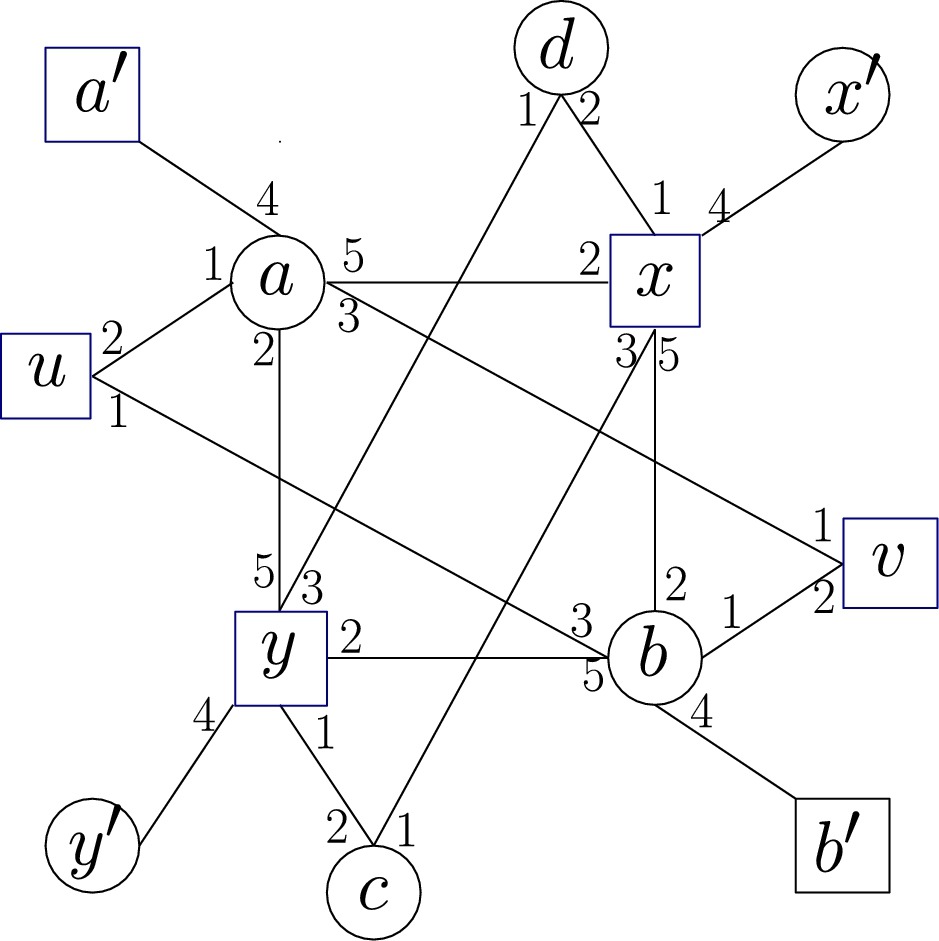More than one-third of people in the EU report having a chronic health condition (CHC), and their share in the workforce is expected to rise. Using unique linked employer-employee administrative data from Hungary—combining detailed healthcare utilization with wage records—we identify workers with CHCs and analyze their labor market outcomes with a focus on the role of firms. Men and women with CHCs are 7 and 14 percentage points less likely to be employed, respectively. Among the employed, we find wage penalties of 5.8% for men and 13.9% for women. Differences in firm-specific pay premiums account for 12% of the penalty for men and 23% for women. Event-study models with worker fixed effects show persistent wage losses following CHC onset—4% for men and 1.5% for women—of which 0.2–0.5 percentage points are due to moving to lower-paying firms, with the rest likely reflecting missed promotions and raises. We then look at the role of firm ownership, foreign ownership being a strong proxy for technology, and find that 20% of the penalty is accounted for by this firm characteristic, 60-70% of which results from worker sorting and the remaining from CHC workers benefiting less from the higher wage premium of foreign-owned firms. These numbers imply that the fall in wages between the ages 40 and 60 would be 10-20% lower had there been no CHC penalty, about 20% of which is attributable to the presence of foreign-owned firms.
Publication file: https://kti.krtk.hu/wp-content/uploads/2025/06/KRTKKTIWP202508.pdf
Authors: Pető Rita, Muraközy Balázs, Bisztray Márta
Publication Year: 2025
Year of publication: 2025
Publication number: 2025/8

No Results Found
The page you requested could not be found. Try refining your search, or use the navigation above to locate the post.








